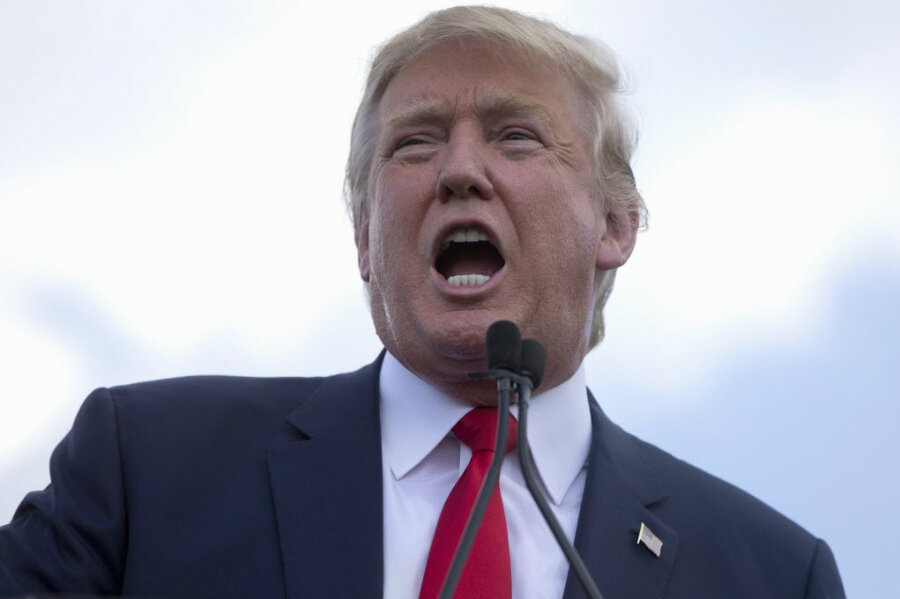Will GOP field quickly shrink once voting starts? Don't count on it.
Loading...
Beware of the “laws” of presidential campaigns.
For instance, consider the notion that Republicans always pick the candidate who’s “next in line,” that is, the runner-up in a previous nomination contest. That “law” is not working well in the early stages of the 2016 campaign. In 2008, Mike Huckabee won the second-greatest number of GOP delegates, well behind John McCain, but slightly ahead of Mitt Romney. In 2012, Rick Santorum briefly outpaced Romney in the polls and ended as his last credible rival.
Polls now show that both Huckabee and Santorum are scoring in the low single digits among GOP voters, and it is hard to see how either can climb out of the hole. So much for the inevitability of “the next in line.”
The problem with such “laws” is that they rest on a very small number of cases. In most fields, it takes a huge amount of data to come up with a generalization or make a prediction. When oddsmakers identify the favorite in a horse race, they look at hundreds of previous races. When insurance companies set their rates, their actuaries analyze millions of insured houses or automobiles. By contrast, political prognosticators can look back on only 57 presidential elections in all: 48 since widespread use of the popular vote, 20 since the advent of modern polling, 17 since the first publication of the Economic Report of the President (the source of most economy-based forecasts), and just 11 since the current nomination process took shape in 1972.
With so few dots to connect, even the savviest researchers and pundits cannot know whether they have an accurate picture. A pattern that looks like an eternal law could out to be a time-bound phenomenon that expires with the next election. No Catholic had ever won – until JFK. No popular-vote loser had ever bounced back to take a later election – until Richard Nixon. Since Martin Van Buren, no sitting vice president had ever won the White House – until George H.W. Bush.
Barack Obama broke a couple of “laws” in 2008. Until then, no Northern Democrat other than FDR had ever won more than 51 percent of the popular vote. And needless to say, no African American had been a major-party nominee. Four years later, President Obama scored another first, albeit a dubious one. He became the only president to win reelection while losing popular-vote share.
In the current GOP nomination contest, many observers are assuming that the field will quickly shrink once actual voting gets under way. After all, such a pattern has held since the 1970s. But with the support of super PACs and other outside spending groups, several candidates might be able to outlast their “sell-by” date. And in Donald Trump, we now have the first nomination candidate since Nelson Rockefeller in 1968 with the ability to supply lavish financing of an entire campaign out of personal funds. (The fortunes of Steve Forbes and Mitt Romney were large but not Trump-sized. Ross Perot was a billionaire, but he ran as an independent, not as a candidate for a major-party nomination.)
Since Trump does not have to worry about losing contributors, he can stay in the race as long as he pleases.
The winnowing machine might break, leading to an extended contest or even – the fondest hope of political junkies everywhere – a brokered convention. Or maybe not. The only thing we know for sure is that we should approach predictions with caution and humility.





